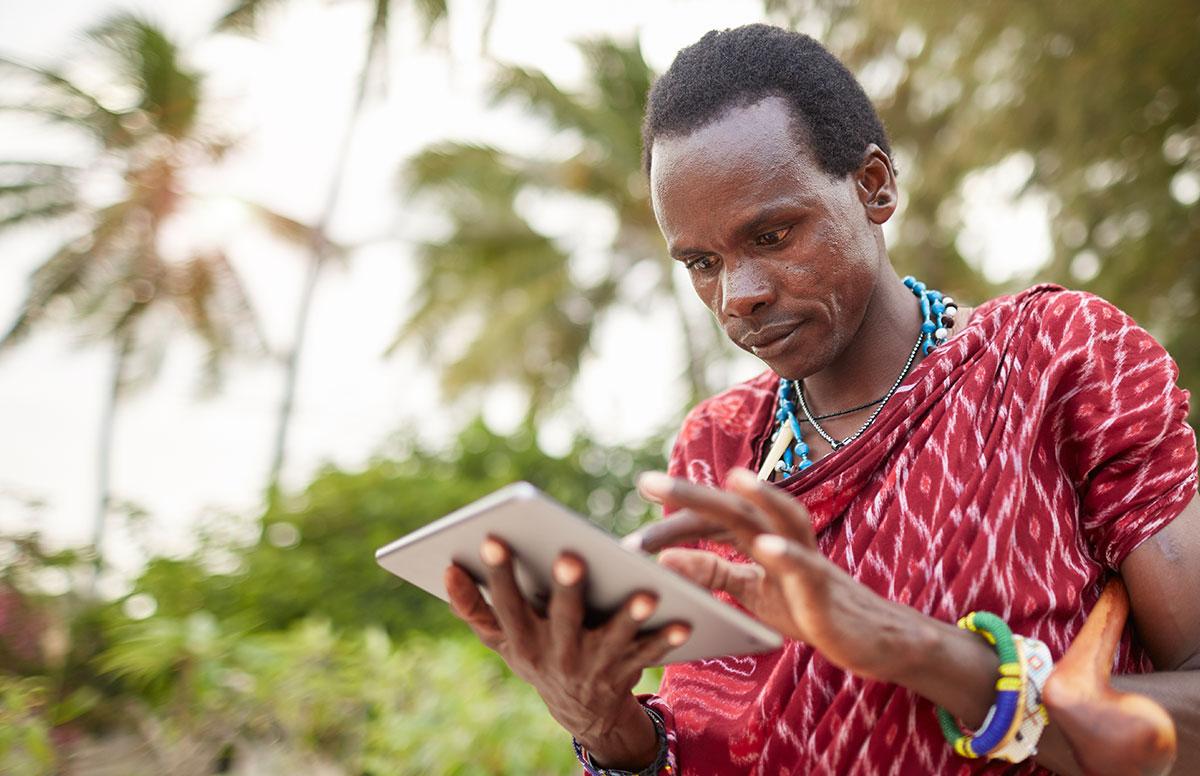Read the article that inspired this case study on STAT’s website.
Who
SureAdhere, Emocha Mobile Health and AiCure
Challenge
Many countries face a high incidence of tuberculosis (TB), one of the world’s most deadly infectious diseases. Poor health financing and lack of access to medical services and treatments have made it hard to fight this disease, especially in poor countries. Although TB medicine costs are generally low – SureAdhere cites an example of $12 per patient in India – it’s hard for patients to follow the prescribed treatments. In some places, only 50 to 60 percent of TB patients are taking their treatment as prescribed. One major challenge is that the treatment course for TB is long. Patients must be carefully monitored to ensure that they properly take their medicines for a minimum of six months – and frequently much longer -- to ensure the infection is entirely killed. Failure to complete the treatment can lead to deadly relapses, the spread of the disease to others, and the emergence of drug-resistant TB.
Solution
Video Directly Observed Therapy enables remote patient monitoring with increased reach, flexibility, autonomy and privacy compared with Directly Observed Therapy (i.e., in-person visits).
How It Works
The mobile treatment monitoring technology allows patients to record their daily medication intake and share, via encrypted video, their progress with public health workers. Video observation gives both patients and health workers more autonomy, and the asynchronous observation approach – allowing the patient to record themselves anywhere, at any time, and then send to a secure server – limits problems with on-the-spot remote monitoring (e.g., weak cell signals).
When tested over a two-year period on the U.S.-Mexico border, SureAdhere’s technology helped 93 percent of patients in San Diego, California and 96 percent of patients in Tijuana, Mexico remain adherent to their medication over five and a half months. Study participants cited greater control and privacy as key benefits for using the technology.
Breakthrough innovations, like Video Directly Observed Therapy, can overcome the barriers to progress in the global fight against TB. It remains critically important that countries have policies that support innovation and protect inventors through a robust intellectual property ecosystem. When world leaders meet this month at the UN High-Level Meeting on TB, they must do more to support and incentivize new treatments and solutions, as well as tap into the power of partnerships across the public and private sectors.


